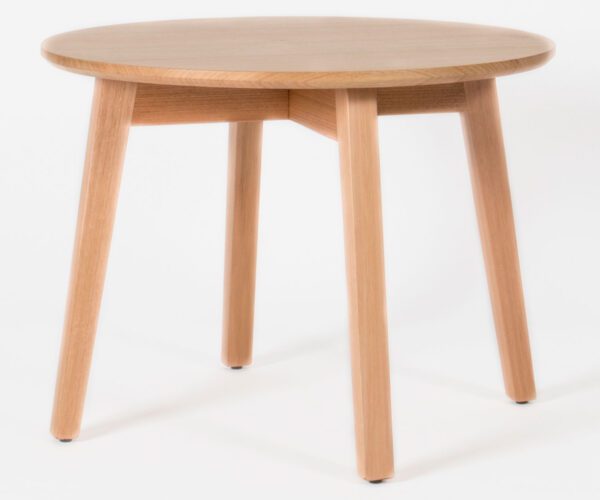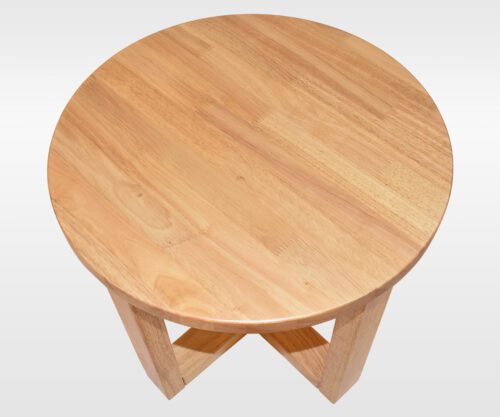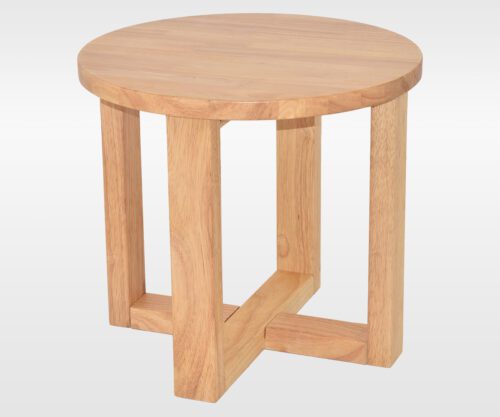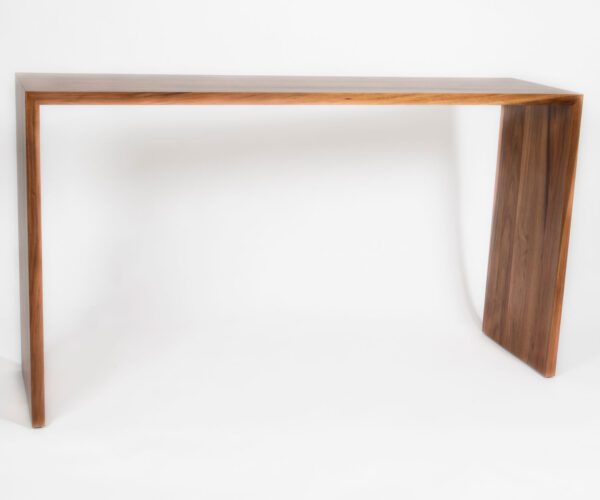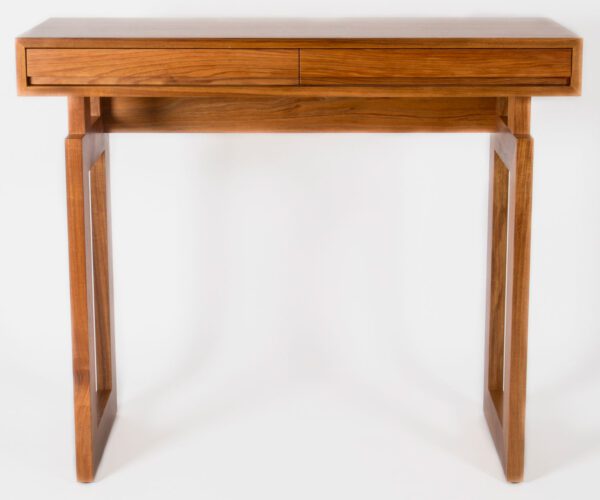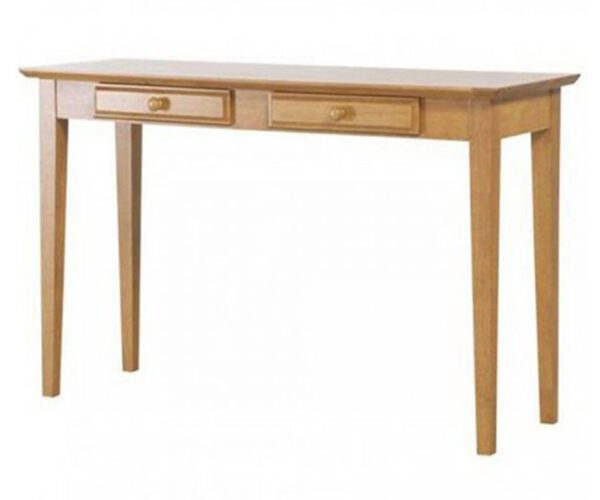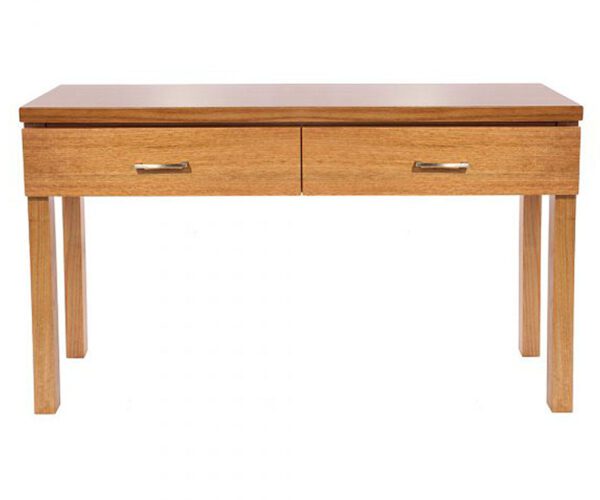5 Things You Must Know Before Choosing Aged Care Furniture

Aged Care Furniture Design is Important for Residents and Staff
Choosing health and aged care furniture is a big responsibility and one which can impact the daily lives of both aged care facility residents and staff.
Furniture design plays a role in the emotional and physical well-being of elderly residents. It should be designed to promote safety and mobility to help residents maintain their independence for as long as possible. It should also create a warm, non-clinical and residential feel.
5 Tips for Choosing the Right Furniture for Aged Care Facilities
1. Aesthetics
Furniture should look good, be easily understood, and create a warm, non-clinical and residential feel.
Nobody wants to live in a hospital, surrounded by hospital-style furniture and it has been shown that good design can simply make people feel better.
Designing furniture that looks home-like and cozy can help elderly residents feel more comfortable within the aged care setting. However, finding durable, washable, yet realistically home-like furniture can be difficult.
Another important aesthetic consideration is fabric selection. Residents with dementia and Alzheimer’s may have difficulty interpreting their surroundings. It helps them to use furniture that has fabric patterns that are easy to understand. If a pattern includes objects like flowers, it may cause a resident to pick at them in an attempt to touch or hold the object that they are looking at. If they are unable to do so, it may cause frustration and adverse behaviours.
2. Functional Design
Elderly people living in aged care facilities have specific physical needs that, when met, can have a significant impact on their emotional well-being.
Furniture choices in an aged care setting should be based on helping residents to maintain their independence for as long as possible:
- Chairs should be sturdy and have armrests with sufficient grip that allows elderly residents to get up and down independently.
- Chairs should have firm seat cushions to aid independent mobility and have an open base for ease of cleaning.
- There should be no sharp edges or corners on furniture.
- Dining chairs should fit under tables and the tables should also cater for wheelchairs.
- Avoid seats and backs that slope backward as this can make it difficult for residents to get out of.
Results from a study conducted by QUT Design Lab at the Qld Uni of Technology showed that residents, experts and caregivers all prefer chairs that are above the recommended height for older people so that they will be able to get out of them more easily.
The study also indicated that many residents struggled with chairs that were too deep in the seat pan. This made it challenging for them to easily touch the floor, sit comfortably, and often forced them into a slumped position.
3. Fabric Choice
While aesthetics are important, the fabric used on furniture for the aged care population also needs to be selected with cleanliness, infection control, and longevity in mind. In other words, furniture for aged care facilities should wear well and wash easily.
Due to incontinence experienced by some elderly people, it is important that materials used on furniture for aged care facilities are non-porous. This ensures they are anti-fungal and anti-microbial to allow for hygienic cleaning.
Keep in mind that although you want the furniture to be washable, you want to avoid it looking clinical so that residents, staff and family members feel more comfortable and ‘at home’ within the facility.
Upholstery should be smooth and easy to clean with few seams, folds or other places where food and other substances can be caught. Try to avoid fabrics that have a high pile, as they can be very difficult to get down into the pile to remove contaminants. Instead, opt for materials that allow for easy cleaning by wiping over the surface, such as flat pile or vinyl upholstery.
Fabrics used on furniture for aged care facilities should also have fire retardant properties and have fabric protection treatment for ease of cleaning.
One of the best fabrics to use on furniture for aged care facilities is Crypton. It is stain-resistant, water-resistant, and microbe-resistant yet still has the look and feel of more traditional fabrics.
4. Customized Furniture Solutions from One Company with No Middle-man
Choose a company that does both the design and manufacturing of furniture for aged care facilities.
Not all aged care facilities are the same and you need someone to understand your individual needs. By choosing a company that both designs and manufactures furniture for aged care facilities, you will have one company completely focused and accountable for delivering your refurbishment. This streamlined approach can enhance efficiency and accountability throughout the entire process.
Using a company with a track record of successfully scoping and delivering aged care furniture solutions also means that your refurbishment will be designed and delivered within your budget. This avoids any potential budget blowouts that may come with having too many middlemen involved.
5. Aged Care Furniture Specialist
Choose a furniture manufacturer who specializes in furniture for aged care facilities.
To hand this type of specialist work over to a standard furniture manufacturer will be the biggest mistake you could make. You need a furniture manufacturer who understands the needs of the aged care population. Look for one with an outstanding record of creating custom aged care solutions and who has systems in place to deliver your refurbishment on budget, on time, and to the highest hand-crafted quality.
At the end of the day, we know that furniture can only do so much to help aged care residents and their carers. However, choosing items that aid and not hinder the daily activities of your facility can go a long way in making daily life easier for both residents and staff.
FAQs for Choosing Aged Care Furniture
Why is it important to carefully choose aged care furniture?
Careful selection of aged care furniture is crucial as it directly impacts the well-being, comfort, and satisfaction of residents in aged care facilities.
What considerations should be made regarding the design of aged care furniture?
Consider the design aspects that make furniture home-like and cozy, promoting a comfortable atmosphere for elderly residents.
Why is durability a key factor in choosing aged care furniture?
Durability is crucial as aged care furniture needs to withstand frequent use and potential challenges like incontinence, ensuring a longer lifespan and cost-effectiveness.
How does material selection impact the cleanliness of aged care furniture?
Materials should be non-porous, anti-fungal, and anti-microbial to facilitate hygienic cleaning, especially considering issues like incontinence.
Why should fabrics with a high pile be avoided in aged care furniture?
Fabrics with a high pile can be difficult to clean thoroughly, making it challenging to remove contaminants. Opt for materials that allow for easy surface wiping.
What makes Crypton a recommended fabric for aged care furniture?
Crypton is stain-resistant, water-resistant, and microbe-resistant while still offering the look and feel of more traditional fabrics, making it suitable for aged care environments.
How can involving a company with a track record benefit the selection of aged care furniture?
A company with a successful track record can scope and deliver aged care furniture solutions within budget, avoiding potential budget overruns associated with multiple intermediaries.
Why is it important to choose a furniture manufacturer familiar with the needs of the aged care population?
Selecting a manufacturer familiar with the needs of the aged care population ensures the creation of custom solutions that meet the unique requirements of elderly residents.
What advantages come with choosing a company that both designs and manufactures aged care furniture?
Opting for a company handling both design and manufacturing ensures a streamlined and accountable process throughout the refurbishment, enhancing efficiency and quality control.
How does the choice of aged care furniture impact the overall atmosphere of an aged care facility?
Well-chosen furniture contributes to a positive and welcoming atmosphere, promoting the comfort and satisfaction of residents in the aged care environment.
Living Room Furniture for Aged Care
More News
5 Things You Must Know Before Choosing Aged Care Furniture

Aged Care Furniture Design is Important for Residents and Staff
Choosing health and aged care furniture is a big responsibility and one which can impact the daily lives of both aged care facility residents and staff.
Furniture design plays a role in the emotional and physical well-being of elderly residents. It should be designed to promote safety and mobility to help residents maintain their independence for as long as possible. It should also create a warm, non-clinical and residential feel.
5 Tips for Choosing the Right Furniture for Aged Care Facilities
1. Aesthetics
Furniture should look good, be easily understood, and create a warm, non-clinical and residential feel.
Nobody wants to live in a hospital, surrounded by hospital-style furniture and it has been shown that good design can simply make people feel better.
Designing furniture that looks home-like and cozy can help elderly residents feel more comfortable within the aged care setting. However, finding durable, washable, yet realistically home-like furniture can be difficult.
Another important aesthetic consideration is fabric selection. Residents with dementia and Alzheimer’s may have difficulty interpreting their surroundings. It helps them to use furniture that has fabric patterns that are easy to understand. If a pattern includes objects like flowers, it may cause a resident to pick at them in an attempt to touch or hold the object that they are looking at. If they are unable to do so, it may cause frustration and adverse behaviours.
2. Functional Design
Elderly people living in aged care facilities have specific physical needs that, when met, can have a significant impact on their emotional well-being.
Furniture choices in an aged care setting should be based on helping residents to maintain their independence for as long as possible:
- Chairs should be sturdy and have armrests with sufficient grip that allows elderly residents to get up and down independently.
- Chairs should have firm seat cushions to aid independent mobility and have an open base for ease of cleaning.
- There should be no sharp edges or corners on furniture.
- Dining chairs should fit under tables and the tables should also cater for wheelchairs.
- Avoid seats and backs that slope backward as this can make it difficult for residents to get out of.
Results from a study conducted by QUT Design Lab at the Qld Uni of Technology showed that residents, experts and caregivers all prefer chairs that are above the recommended height for older people so that they will be able to get out of them more easily.
The study also indicated that many residents struggled with chairs that were too deep in the seat pan. This made it challenging for them to easily touch the floor, sit comfortably, and often forced them into a slumped position.
3. Fabric Choice
While aesthetics are important, the fabric used on furniture for the aged care population also needs to be selected with cleanliness, infection control, and longevity in mind. In other words, furniture for aged care facilities should wear well and wash easily.
Due to incontinence experienced by some elderly people, it is important that materials used on furniture for aged care facilities are non-porous. This ensures they are anti-fungal and anti-microbial to allow for hygienic cleaning.
Keep in mind that although you want the furniture to be washable, you want to avoid it looking clinical so that residents, staff and family members feel more comfortable and ‘at home’ within the facility.
Upholstery should be smooth and easy to clean with few seams, folds or other places where food and other substances can be caught. Try to avoid fabrics that have a high pile, as they can be very difficult to get down into the pile to remove contaminants. Instead, opt for materials that allow for easy cleaning by wiping over the surface, such as flat pile or vinyl upholstery.
Fabrics used on furniture for aged care facilities should also have fire retardant properties and have fabric protection treatment for ease of cleaning.
One of the best fabrics to use on furniture for aged care facilities is Crypton. It is stain-resistant, water-resistant, and microbe-resistant yet still has the look and feel of more traditional fabrics.
4. Customized Furniture Solutions from One Company with No Middle-man
Choose a company that does both the design and manufacturing of furniture for aged care facilities.
Not all aged care facilities are the same and you need someone to understand your individual needs. By choosing a company that both designs and manufactures furniture for aged care facilities, you will have one company completely focused and accountable for delivering your refurbishment. This streamlined approach can enhance efficiency and accountability throughout the entire process.
Using a company with a track record of successfully scoping and delivering aged care furniture solutions also means that your refurbishment will be designed and delivered within your budget. This avoids any potential budget blowouts that may come with having too many middlemen involved.
5. Aged Care Furniture Specialist
Choose a furniture manufacturer who specializes in furniture for aged care facilities.
To hand this type of specialist work over to a standard furniture manufacturer will be the biggest mistake you could make. You need a furniture manufacturer who understands the needs of the aged care population. Look for one with an outstanding record of creating custom aged care solutions and who has systems in place to deliver your refurbishment on budget, on time, and to the highest hand-crafted quality.
At the end of the day, we know that furniture can only do so much to help aged care residents and their carers. However, choosing items that aid and not hinder the daily activities of your facility can go a long way in making daily life easier for both residents and staff.
FAQs for Choosing Aged Care Furniture
Why is it important to carefully choose aged care furniture?
Careful selection of aged care furniture is crucial as it directly impacts the well-being, comfort, and satisfaction of residents in aged care facilities.
What considerations should be made regarding the design of aged care furniture?
Consider the design aspects that make furniture home-like and cozy, promoting a comfortable atmosphere for elderly residents.
Why is durability a key factor in choosing aged care furniture?
Durability is crucial as aged care furniture needs to withstand frequent use and potential challenges like incontinence, ensuring a longer lifespan and cost-effectiveness.
How does material selection impact the cleanliness of aged care furniture?
Materials should be non-porous, anti-fungal, and anti-microbial to facilitate hygienic cleaning, especially considering issues like incontinence.
Why should fabrics with a high pile be avoided in aged care furniture?
Fabrics with a high pile can be difficult to clean thoroughly, making it challenging to remove contaminants. Opt for materials that allow for easy surface wiping.
What makes Crypton a recommended fabric for aged care furniture?
Crypton is stain-resistant, water-resistant, and microbe-resistant while still offering the look and feel of more traditional fabrics, making it suitable for aged care environments.
How can involving a company with a track record benefit the selection of aged care furniture?
A company with a successful track record can scope and deliver aged care furniture solutions within budget, avoiding potential budget overruns associated with multiple intermediaries.
Why is it important to choose a furniture manufacturer familiar with the needs of the aged care population?
Selecting a manufacturer familiar with the needs of the aged care population ensures the creation of custom solutions that meet the unique requirements of elderly residents.
What advantages come with choosing a company that both designs and manufactures aged care furniture?
Opting for a company handling both design and manufacturing ensures a streamlined and accountable process throughout the refurbishment, enhancing efficiency and quality control.
How does the choice of aged care furniture impact the overall atmosphere of an aged care facility?
Well-chosen furniture contributes to a positive and welcoming atmosphere, promoting the comfort and satisfaction of residents in the aged care environment.
Living Room Furniture for Aged Care
Commercial furniture by room
Based in Brisbane, we’re an Australian manufacturer of aged care furniture, retirement living furniture, hospital & healthcare furniture, hotel & accommodation furniture and student accommodation furniture. We also supply a range of commercial office furniture.
Discover the FHG Look Book: Your Source of Inspiration for Quality Australian-Made Commercial Furniture
- Quality Craftsmanship: See why we’ve been a trusted partner for over 25 years.
- Local Excellence: Learn how our Brisbane team ensures the highest standards.
- Inspiration and Ideas: Find innovative furniture solutions for any environment.
Don’t miss the opportunity to transform your commercial space with FHG’s expertly crafted furniture. Download the FHG Look Book today and start your journey towards exceptional design and quality.

